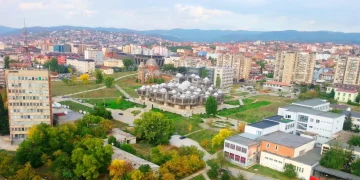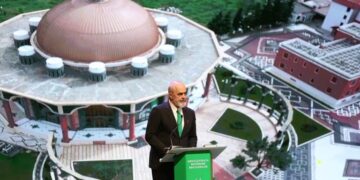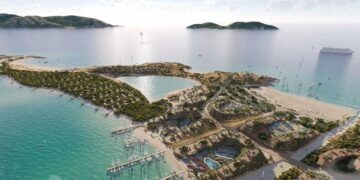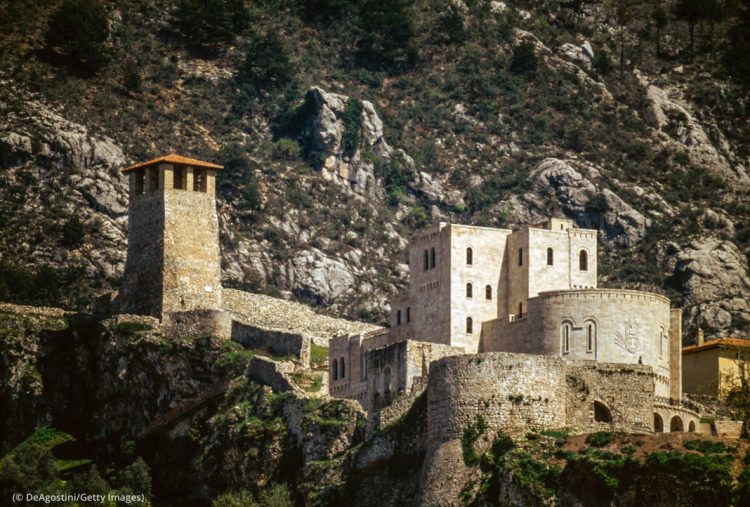By Lauren Monsen
When Albania was struck by a 6.4 magnitude earthquake last year, 51 people were killed and more than 3,000 were injured. The disaster also damaged the ancient fortifications of Krujë, Durrës and Prezë.
But a U.S. Department of State program called the Ambassadors Fund for Cultural Preservation (AFCP) is helping to restore these treasures. With a grant of nearly $800,000, the AFCP will support emergency stabilization of the structures, a conservation analysis for each fortification and reconstruction of the damaged sections. Since its creation in 2001, the AFCP has supported 1,000 projects in 125 countries around the world.
Two staff members at the U.S. Embassy in Albania, Lucija Straley and Mirela Cupi, described the importance of the fortifications.
Krujë
“The fortification of Krujë is among the top tourist attractions in Albania,” Straley said.
A short trip from Albania’s capital city, Tirana, the Krujë site has two museums and a historic bazaar that sells Albanian crafts. The site also offers panoramic views of the surrounding countryside. Within its walls, Krujë has a domed building known as the Tekke (mosque) of Dollmë, dedicated to a liberal Islamic Sufi order called Bektashism. The building and the mural adorning the interior of the mosque’s dome were damaged by the earthquake.
Durrës
The walled city of Durrës, along the Albanian coast, is known for its defensive fortification and castle. These were built primarily by the Byzantine Emperor Anastasius I, who led from 491 to 518 C.E. The fortification includes a long wall that originally had four towers, three of which still stand.
Sections of the fortification date back to the late 5th and early 6th centuries C.E., although the city walls were destroyed, rebuilt and reinforced several times between the Middle Ages and the 17th century.
Durrës has a Roman amphitheater within its perimeter. A popular port city overlooking the sea, it attracts both international and domestic visitors – 407,000 in 2019, Cupi said.
Prezë
Prezë, located on a hilltop, has four towers, including a clock tower – one at each corner of its fortified walls. “It offers idyllic scenery and sweeping views of the Adriatic Sea,” Straley said. It was a stronghold for Albania’s national hero, nobleman Gjergj Kastrioti Skanderbeg, who defended his country against Ottoman invasions from 1444 to 1466.
The fortification of Prezë is a pentagon-shaped structure, built in the 14th and 15th centuries, and includes the ruins of its former watchtowers in four of its five corners. “According to legend,” Cupi said, “people used gigantic torches to communicate across long distances from these watchtowers during Skanderbeg’s battles against the Ottomans.”
U.S. Ambassador Yuri Kim, in her June 23 remarks at the signing ceremony, said the project “demonstrates the value the United States places on Albania’s rich heritage, and my hope is that the completed work will stand as a testament to the deep friendship between our two peoples.” /share.america.gov






















































